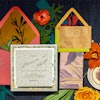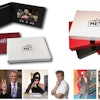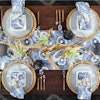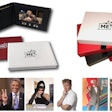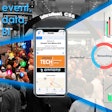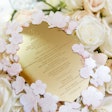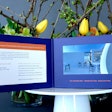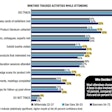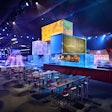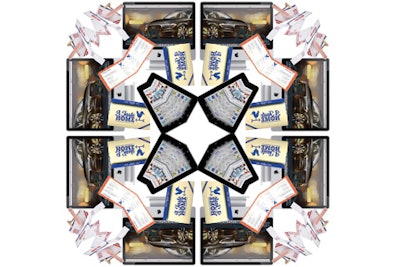
It may be one of the most crucial issues involved in planning events: getting people in the door. With new technology offering so many options for communicating information to a target audience—email invitations, online registration systems, social media—invitation strategy now requires much more than just choosing a font or design.
But unlike some things rendered obsolete by new technology (pay phones), the printed invitation remains a viable tool for some events and audiences. The challenge is deciding when and how to use traditional and electronic tools to communicate information best and ultimately lure the people you want to attract. Here’s a look at how some hosts are using different invitation strategies.
Audi used two different techniques to attract attendees to the South Florida premieres of the A7 in May and the A6 in June: printed invitations mailed to a purchased list of 1,500 households with income above $250,000 and email invitations sent to a separate database of more than 69,000 people, including 7,000 existing Audi customers.
Both versions directed invitees to an online R.S.V.P. system developed by Siinc Agency and created by Radiant Event Technology. The online form gave respondents the ability to schedule a test-drive of the vehicle at the dealership of their choice. “We want people to have a good time at these events, but our goal ultimately is to drive people to the dealerships,” said Audi of America regional marketing manager Maggie Mohiuddin. “We want to make sure we are innovators, and this system is one of the ways we can be innovative.”
Respondents received reminder emails about the events and also their specific test-drive appointments, and the online response data was also transmitted to the dealerships so they could follow up with potential new buyers. Ultimately, about 900 people attended the launches, with 300 taking test-drives.
For the Playing for Good poker event that benefits the Geffen Playhouse and Determined to Succeed, a foundation co-founded by actor Hank Azaria, organizers have moved from a combination of printed and electronic invites for the first event in 2009 to an all-electronic approach for the past two years. Working with Marc Friedland Couture Communications, event producer Regina Miller said they went to all-digital because they are targeting a “younger crowd that wants something clean and clear that they can forward to others.”
She said sponsors first balked at the thought of not having their logos on a tangible invitation, but now they feel otherwise. “It’s really enticing to sponsors to say we can do these links to your company on the electronic invitation. And you can share the event with a wide audience, as opposed to the hard invite that we may only be able to send to 1,000 because of cost,” Miller said. In fact, the event only printed 100 invitations in 2009 and gave them to 10 top donors to distribute to their friends and fellow poker players.
More than 50,000 people receive the electronic save-the-date, which includes a number to call for more information. The interactive HTML invitation, with links to sponsors, the venue, auction items, and even a video about the event, goes to a much smaller email list of about 3,000—people organizers have identified as seriously interested in paying $1,000 or more for one of the 160 seats.
For the International Emmy Awards held in New York each November, organizers start with a save-the-date email in July to more than 10,000 people, followed by a printed invitation to 4,000 in September. “We feel like we need to convey the weight of the event in paper form, to make our guests feel important and for selling tables at $15,000,” said Eva Obadia, communications director for the International Academy of Television Arts and Sciences.
Although organizers are trying to encourage attendees to respond via email, they still include a response card because “we don’t want to put prices on the invitation itself, so we feel we need a separate piece.” To nudge them along, the response card does not include a return envelope. But it’s a slow transition: In 2010 about two dozen people, mostly international guests, still opted to mail it back in their own envelopes.
Patrón Spirits Company is using an unconventional approach to generate buzz for Patrón XO Cafe, a tequila-based coffee liqueur. As part of its effort to support up-and-coming musicians, the company created after-parties during South by Southwest in Austin and the Pitchfork Music Festival
in Chicago.
Printed invitations were sent to about 200 members of the press, musicians, and other industry influencers in town for the respective festivals; an additional 25 went out via email to people for whom Patrón didn’t have a physical address. But the invitation deliberately left off one important piece of information: the location of the party.
Instead, attendees were instructed to stop by a mobile coffee truck parked on a city street 15 minutes before the start of the event. There they could exchange their invitation for two wristbands and a cup of coffee. The sleeve on the coffee cup provided the location of the party. “We did it sort of speakeasy-style to create an underground feel. People loved it. It was scavenger hunt-esque,” said Patrón national event manager Diane Green.
